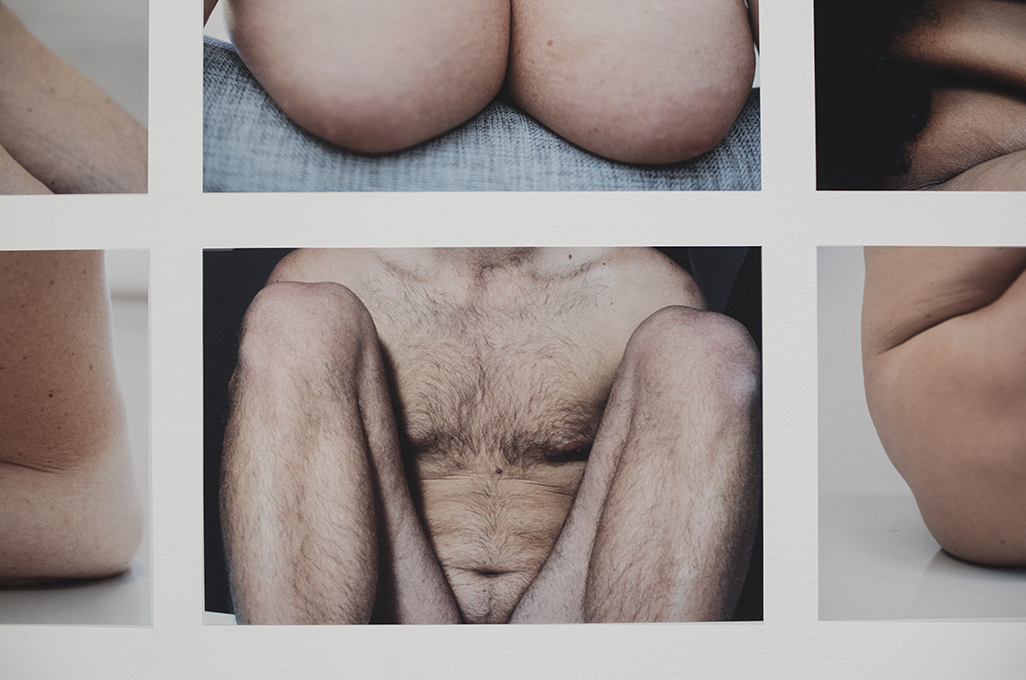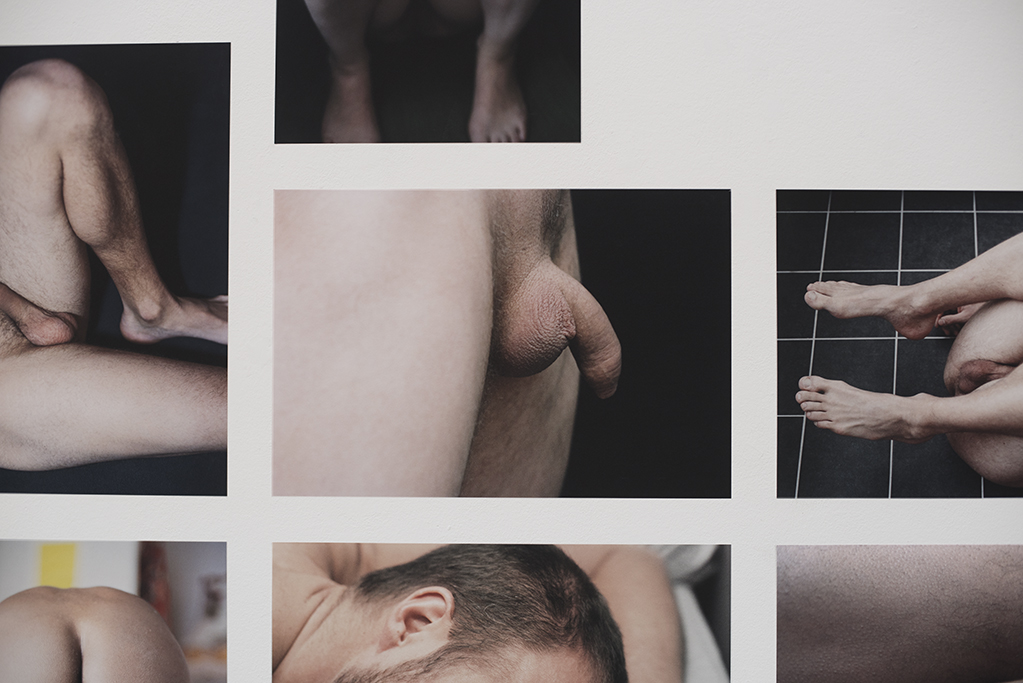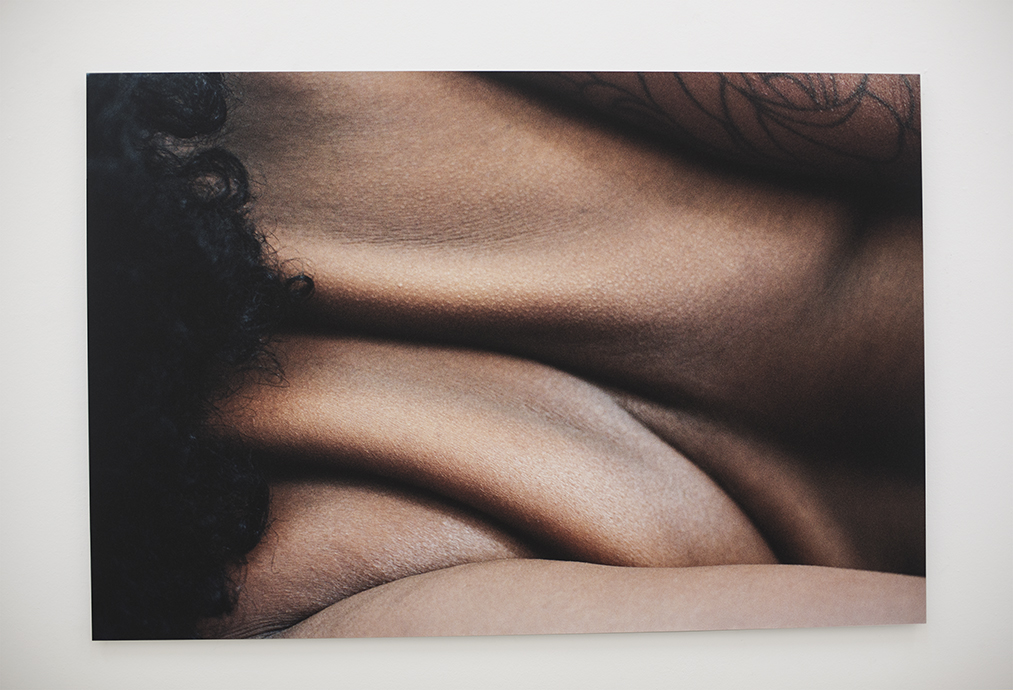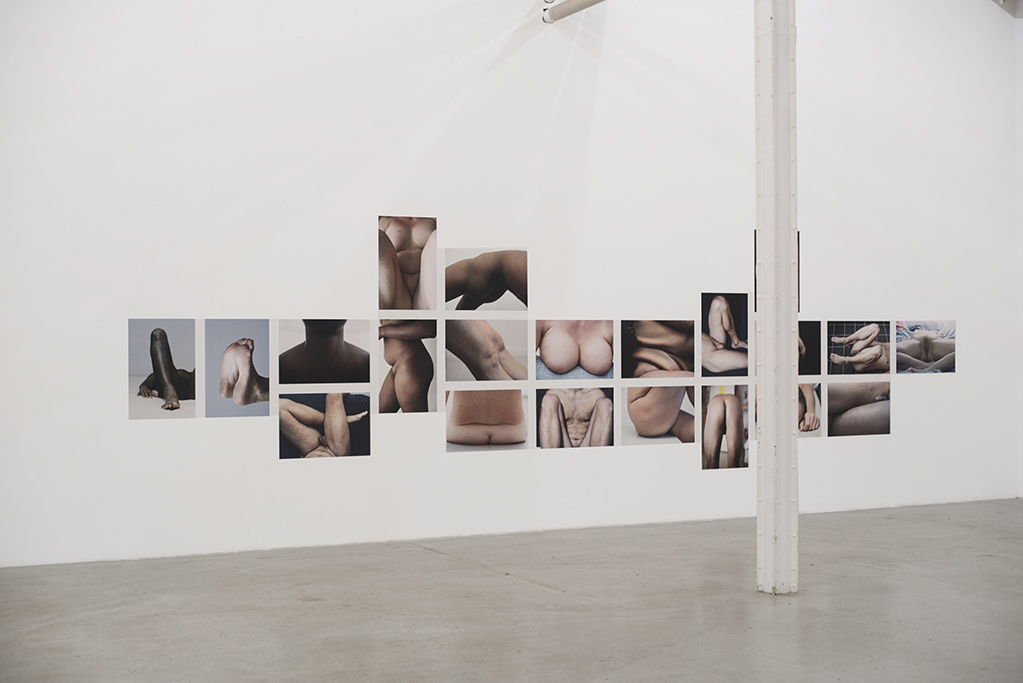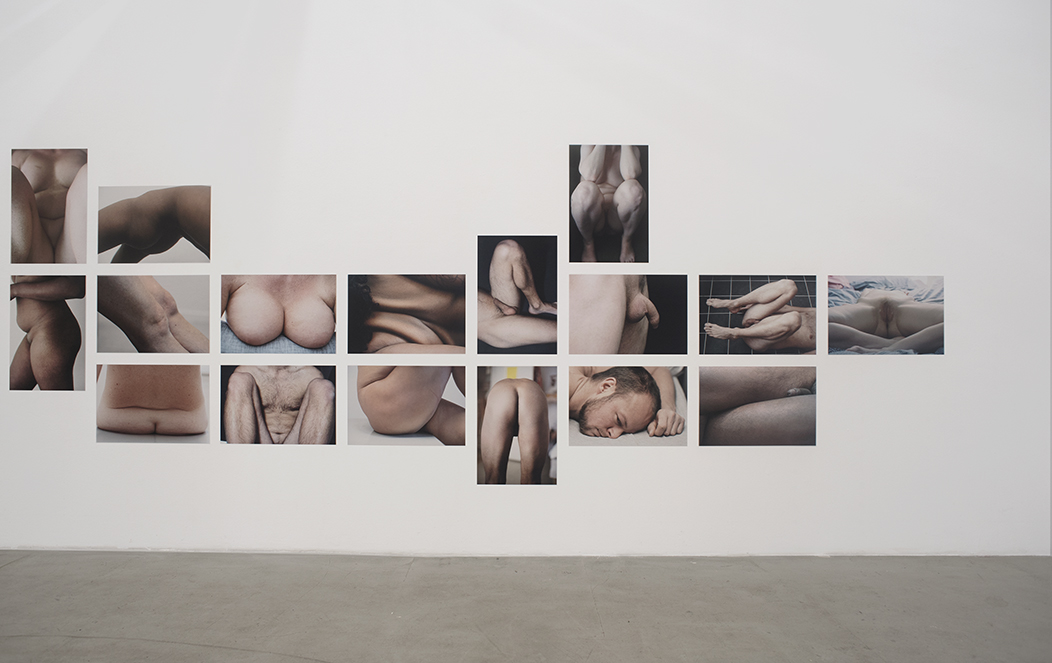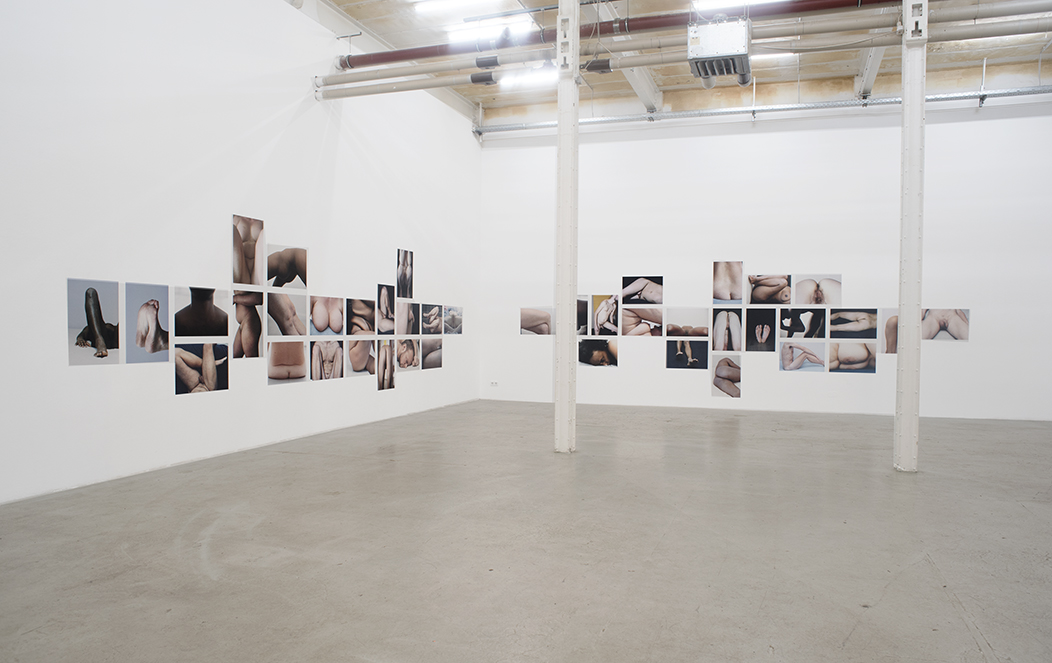
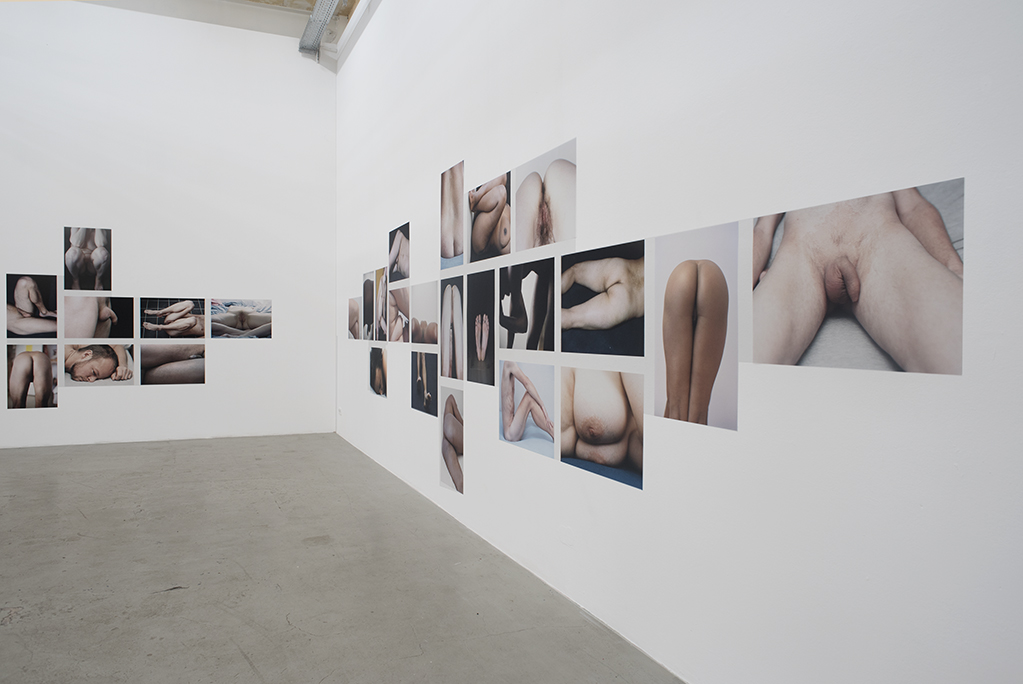
Fold out, Up close
Just now I wanted to call you and tell you what happened to me today with these pictures, what I thought about it:
Proximity prevents everyday seeing. Go very close to another body, then this now-special seeing occurs. It is different from what is usually and constantly done, it is an intense experience.
Up close, nothing is smooth any more, everything is open, velvety, rough, porous. The amount of information now available prevents perception from taking another diversions via classification, comparison and reflection. Conscious processing of perception can no longer take place, only perceptual awareness is present. Proximity leads to impressions being taken in – this process is not like observing and also not like seeing. And thus also not the everyday. Everyday life is created through classification, comparison and reflection. If a person has to skip this because of the density and forcefulness of the perceived information, he or she is moving in the unknown. Because without classification, comparison and reflection, there is no reference to the known, no relations. In addition to the understandable fear of this uncertainty, there is a semblance of immediacy that occurs and is often later remembered as pleasant. It seems to me that it is this turning away from everyday seeing to immediate taking in that makes people long for closeness. I, for one, long for closeness. Proximity as a concrete-poetic process, one of which not much more can be said than that language as a reflexive medium cannot depict it. Such text does not make proximity possible, it can circumscribe it, observe the processes that then occur, but it cannot create it. Images perhaps create proximity more easily. Getting close to a picture is perhaps like getting close to another body. Later it occurred to me that actually the transfer of the immediate into another medium cannot succeed. There has to be something second immediate that corresponds to the first immediate. To deal reflexively with proximity is difficult, if it is to succeed, new proximity must be created. Get very close to another body – images can only be a repetition, but it can probably become just as intense. And then in this closeness there are only unevennesses, changes, differences, no edge, a merging of one into the other. There are no familiar or unfamiliar shapes or poses, everything is without comparison. Appearance does not matter. Discovering, taking in, grasping, enclosing, experiencing, leaving alone, letting be are the activities here. In all this, I must have been thinking of the experienced all the time. And of the fact that it’s a good thing that sometimes, when I’m close, I can’t remember the last five or ten or twenty minutes. This directness, I was able to find it here. I needed to be reminded, because once again I had forgotten how powerful it is, how far away from everyday life, from reflection, but how necessary both are. So I would have liked to tell you this while you were sitting next to me, standing in front of me, lying back there on the mattress, or at least when your voice could be heard on the phone: Closeness changes everything.
Johannes Listewnik
